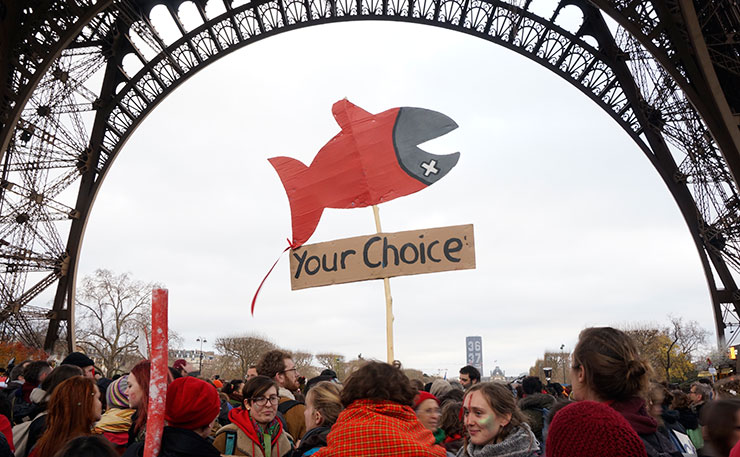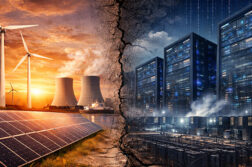There has never been a hotter time to be alive than today.
Carbon dioxide levels have crossed the threshold of 400 parts per million. They’re the highest they’ve been in over 650,000 years and as a result, 15 of the 16 hottest years on NASA’s 136 year record have occurred in the 21st century.
As the ink dried on the Paris Agreement, we learned 2015 had been the hottest year since the modern temperature record began in 1880. Today, NASA revealed that the first six months of 2016 have been even warmer, and set yet another record for the hottest half-year.
Every month since January has been the hottest in recorded history. The global average is rising without interruption. In fact, every monthly temperature record has fallen in a row since April 2015. That’s a streak of 14 monthly records broken, out of the more than 1,600 months on record.
Late last year the world agreed to halt this march somewhere “well below” two degrees above pre-industrial levels, but according to NASA the first half of 2016 was already 1.3 degrees warmer, on average, than the late nineteenth century.
These heightened temperatures are melting the Arctic sea ice with ever-increasing speed. According to NASA, at the peak of summer sea ice generally blankets 40 per cent less of the Arctic Ocean now than it did in the early 1980s.
This year has been the worst since consistent satellite data began in 1979. Five of the six months to June had record-low levels of sea ice. Over the last decade, the lowest point of Arctic ice cover, in September, has receded at rate of 13.4 per cent.
As with many of the climate records being shattered, including the devastating bleaching of the Great Barrier Reef, the gathering pace of the receding Arctic sea ice was helped along by a powerful El Nino weather system.
Scientists say extreme El Nino events are becoming more frequent, too, and that their usual impacts are combining with heightened baseline temperatures to devastating effect.
According to Walt Meier, a sea ice scientist at the NASA Goddard Institute, record high temperatures in the Arctic over the past six months have been “even more extreme” than the broken global average.
It’s an ominous piece of data. Melting Arctic sea ice will fuel a feedback loop, because the darker surface of water absorbs more sunlight and accelerates the melting process, which creates more water again.
Meier said NASA is working on innovative new technologies to model the process.
Donate To New Matilda
New Matilda is a small, independent media outlet. We survive through reader contributions, and never losing a lawsuit. If you got something from this article, giving something back helps us to continue speaking truth to power. Every little bit counts.





